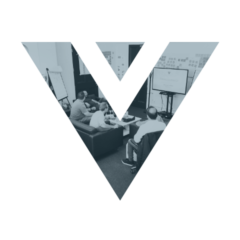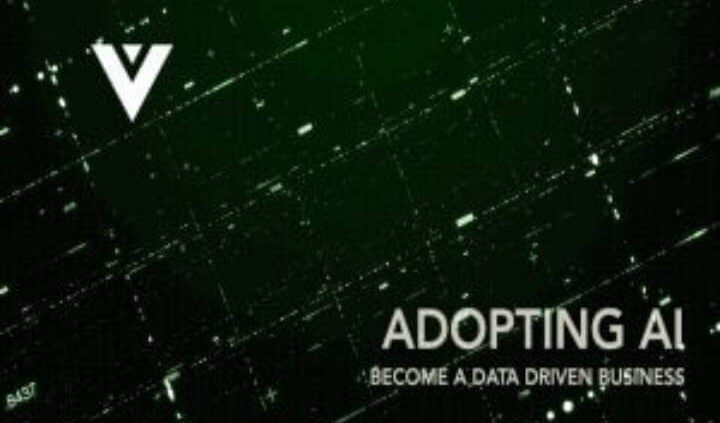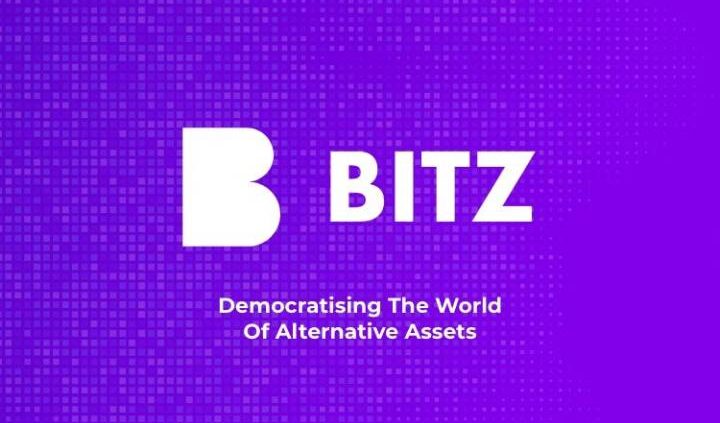Scaling A Consultancy
Scaling a consultancy across multiple regions is no easy task. At Elemental Concept, we’re proud of the progress we’ve made in maintaining quality while growing, but we also know there’s always more to learn. Here’s what’s worked for us so far, drawing inspiration from other innovative companies that have done this successfully:
1. Standardisation as a Foundation
Just like Salesforce has built reliable, repeatable processes to serve clients worldwide, we’ve found that standardising our project delivery—from discovery through to prototyping, planning, build, and support—has helped maintain consistency across our regions. This gives our teams, whether they’re in London, Singapore, India or Myanmar, a solid foundation for delivering high-quality results.
2. Leadership Beyond Boundaries
Scaling isn’t just about processes; it’s about people. Inspired by Google and Spotify’s distributed leadership approach, we empower regional leaders to ensure local standards while staying aligned with our overall mission. We know that fostering clear communication and respecting cultural diversity are essential to building a cohesive and empowered team.
3. Cultural Alignment and Collaboration
Navigating cultural differences can be challenging, and we’re constantly learning how to improve. Like Airbnb, which has successfully created a culturally inclusive brand globally, we focus on open communication and collaboration to align our mixed-region teams. Using simple language, standardised onboarding, and encouraging cross-regional teamwork have all helped us grow together.
4. Maintaining Client Trust
Trust is hard-earned and easy to lose, especially as you grow. We look to examples like Accenture, which maintains strong client relationships through client-centric communication and responsiveness. By leveraging different time zones for near-24/7 support and continuously gathering feedback, we aim to improve our services and keep our clients at the centre of everything we do.
We’re sharing our journey not because we have all the answers but because we know others have faced similar challenges, and we’d love to learn from each other. Scaling while maintaining quality is a tough balancing act, and we’re always looking for ways to get better.














